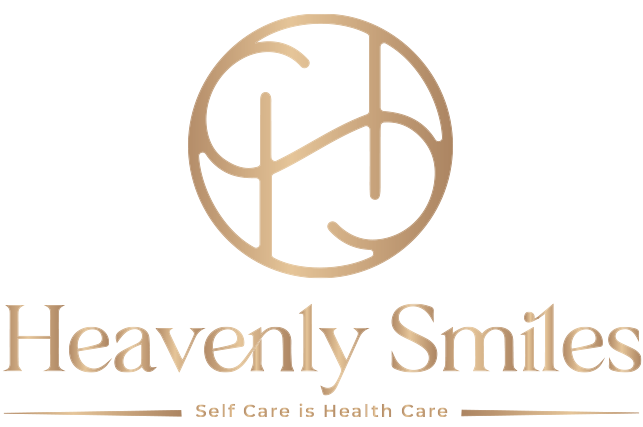Platelet-Rich Plasma (PRP) Hair
PRP (platelet-rich plasma) therapy for hair restoration is a treatment aimed at promoting hair growth and improving hair thickness.
What’s the Process:
- Blood Draw: A small sample of the clients blood is taken.
- Centrifugation: The blood is processed in a centrifuge to separate the platelets from other components.
- Injection: The PRP, rich in growth factors, is injected into the scalp in areas with thinning hair or hair loss.
What’s the Benefits:
- Stimulates Hair Growth: Growth factors in PRP can help stimulate hair follicles and encourage new hair growth.
- Improves Hair Density: Many patients experience increased thickness and volume of existing hair.
- Minimal Downtime: The procedure is relatively quick, with little recovery time needed.
- Natural Treatment: Since it uses the patient’s own blood, the risk of allergic reactions is minimized.
Considerations:
- Multiple Sessions: Optimal results often require several treatment sessions.
- Individual Results Vary: Effectiveness can depend on factors like the underlying cause of hair loss and individual response.
Always consult a Doctor or a Dermatologist to determine if PRP therapy “vampire facial” is suitable for you.
Price List:
Starting from £120
Platelet-Rich Plasma (PRP) Facial
PRP (platelet-rich plasma) facial, often referred to as a “vampire facial,” is a cosmetic treatment aimed at rejuvenating the skin.
What’s the Process:
- Blood Draw: A small amount of the patient’s blood is collected.
- Centrifugation: The blood is processed in a centrifuge to separate the platelets and plasma from other components.
- Application: The PRP is either injected into the skin or applied topically, often following micro needling to enhance absorption.
What’s the Benefits:
-
Skin Rejuvenation: Promotes collagen production, leading to improved skin texture and tone.
-
Reduces Fine Lines and Wrinkles: Helps diminish the appearance of fine lines and wrinkles.
-
Improves Skin Elasticity: Enhances skin firmness and elasticity.
-
Minimally Invasive: Typically involves minimal downtime and fewer side effects compared to more invasive procedures.
Considerations:
-
Results Vary: Individual results can differ based on skin type and age.
-
Multiple Treatments: Best results often require several sessions.
-
Consultation Needed: It’s essential to consult with a practitioner to discuss suitability and expectations.
Always consult a Doctor or a Dermatologist to determine if PRP therapy “vampire facial” is suitable for you.
Price List:
Starting from £120
